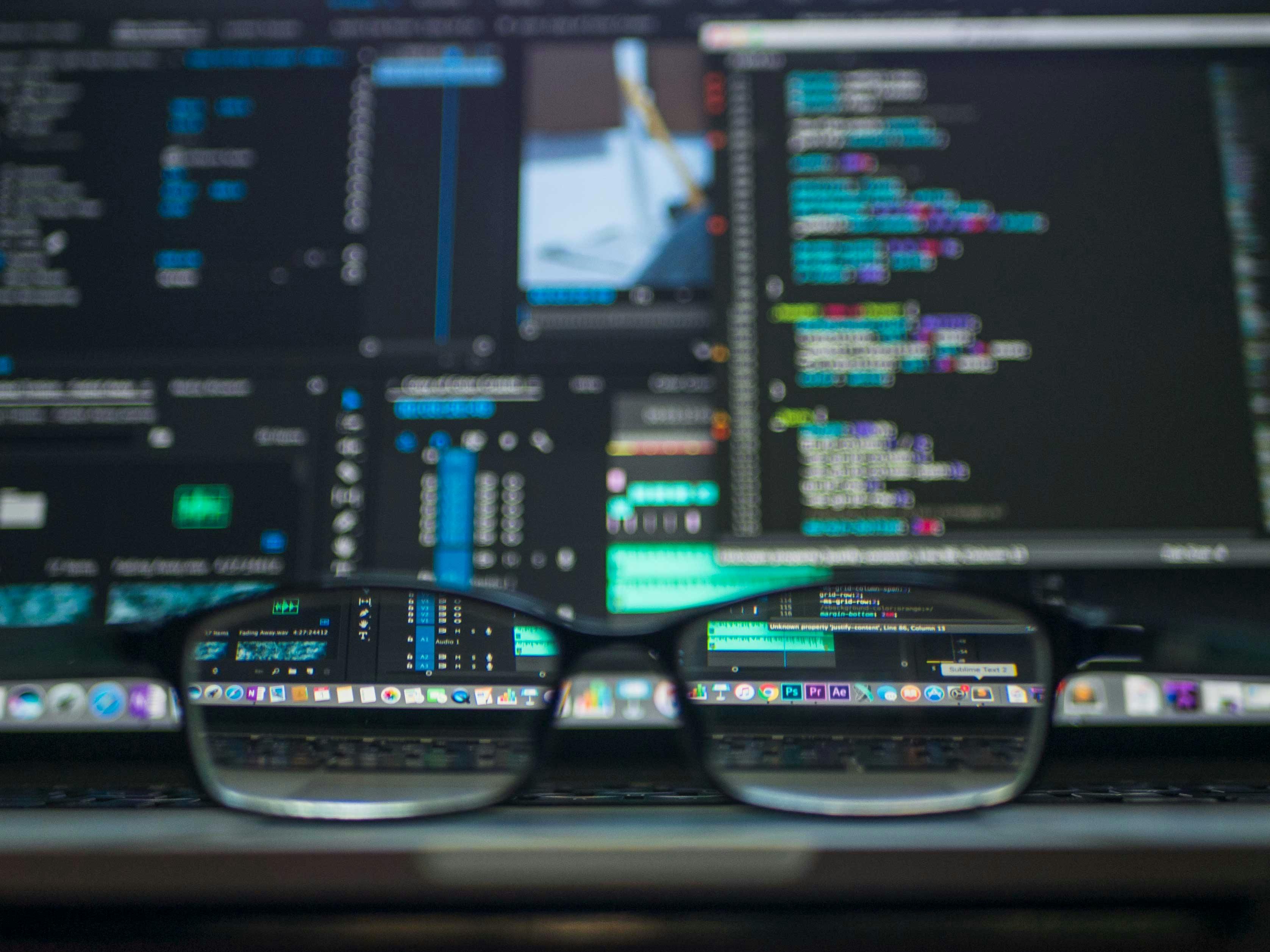Tangram Visions
Perception and industry insights straight from the experts
Latest Posts
Posts By Topic
Company News
#JustTangramThings
Programming Insights
Programming ideas, from the people who think a lot about programming
Sensor Science
The intricacies of different modalities used in perception, from the common to the obscure
Calibration Mathematics
Mathematical ideas and techniques commonly found in perception calibration
More Posts

Aug 15, 2025
The Innovative Brown-Conrady Model

Jul 30, 2025
Introducing Local Navigation Systems: MetriCal's Latest Modality

Jul 23, 2025
Plane Fitting, Part 1: A Different Way To Think about Plane Fitting

Jul 15, 2025
Building Robust Filesystem Interactions in Rust

Jul 8, 2025
Tangram Vision Awarded NASA Grant for Operator-free Calibration in Space

Jul 2, 2025
Re-introducing Tangram Vision

Nov 21, 2024
Camera Modeling, Part 2: The Deceptively Asymmetric Unit Sphere

Nov 7, 2024
Five Learnings From 15 Years In Perception

Oct 15, 2024
Camera Modeling, Part 1: Pinhole Obsession

Sep 24, 2024
Rust for Robots, Part 2: The Rise of an Ecosystem

Jun 27, 2024
Why We Support Open Source Robotics Communities

Apr 23, 2024
The 2024 Perception Industry Market Map

Mar 20, 2024
MetriCal v9.0.0 Multimodal Sensor Calibration Tool Release

Feb 13, 2024
Cross-Compiling Your Project in Rust

Jan 10, 2024
IMU Fundamentals, Part 5: Preintegration Basics

Dec 19, 2023
IMU Fundamentals, Part 4: Allan Deviation and IMU Error Modeling

Dec 6, 2023
IMU Fundamentals, Part 3: Stochastic Error Modeling

Nov 30, 2023
IMU Fundamentals, Part 2: Deterministic Error Modeling

Nov 27, 2023
IMU Fundamentals, Part 1: Introduction to IMUs

Oct 17, 2023
The Six Most Common Sensor Calibration Mistakes Made By Robotics Companies

Aug 23, 2023
How To Fundraise For Your Robotics Company: An Interview with Zann Ali From 2048 Ventures

Aug 2, 2023
Debunking Sensor Range Claims: Is It Detection, or Recognition?

Jul 24, 2023
The Real Cost of Building Sensor Calibration

Jun 14, 2023
How to Build a Depth Sensor

Apr 12, 2023
Camera Modeling: Exploring Distortion and Distortion Models, Part III

Mar 8, 2023
The 2023 Perception Industry Market Map

Feb 20, 2023
Introduction to Optimization Theory

Jan 20, 2023
Sensoria Obscura: Ultrasonic Sensors

Dec 7, 2022
Sensoria Obscura: Event Cameras, Part 2

Nov 30, 2022
Sensoria Obscura: Event Cameras, Part 1

Nov 21, 2022
Sensoria Obscura: Thermal Cameras

Sep 14, 2022
GitLab CI/CD Recipes: Updating Your Docker Image Automatically

Aug 11, 2022
Sensoria Obscura Introduction: Sensoria Communia, Sensoria Obscura

Jul 14, 2022
Sensing Breakdown: Waymo Jaguar I-Pace RoboTaxi

Jun 29, 2022
C++ & Rust: (Interior) Mutability, Moving and Ownership

May 18, 2022
Hands-on with PostgreSQL Authorization, Part 2.5: How To Benchmark PostgreSQL Queries Well

May 4, 2022
C++ & Rust: Generics and Specialization

Apr 14, 2022
Wrapping Your Head Around Numerical Precision

Apr 5, 2022
Projective Compensation in Calibration

Mar 23, 2022
Depth Sensor Visualizer Update

Mar 16, 2022
Hands-on with PostgreSQL Authorization, Part 2: Row-Level Security

Mar 8, 2022
Deriving Derivatives in Perception

Jan 11, 2022
Computer Vision and Perception Predictions for 2022

Dec 13, 2021
Hands-on with PostgreSQL Authorization, Part 1: Roles and Grants

Nov 30, 2021
Sensing Breakdown: Locomation Autonomous Relay Convoy

Nov 24, 2021
Reverse-Engineering Fiducial Markers For Perception

Oct 13, 2021
Sensors 101: HDR Cameras

Oct 6, 2021
Abusing Terraform to Upload Static Websites to S3

Sep 30, 2021
Calibration Statistics: Accuracy Vs Precision

Aug 30, 2021
How To Keep Your RealSense Sensors Alive

Aug 11, 2021
Sensing Breakdown: FarmWise FT35 Robotic Weeder

Jul 21, 2021
Sensors 101: Scanning and Solid State LiDAR

Jul 1, 2021
Sensors for Your Sensors, Part 2

Jun 10, 2021
Camera Modeling: Focal Length & Collinearity

Jun 3, 2021
Calibration From Scratch Using Rust: Part 3 of 3

Jun 1, 2021
Calibration From Scratch Using Rust: Part 2 of 3

May 28, 2021
Calibration From Scratch Using Rust: Part 1 of 3

May 5, 2021
The 2021 Perception Sensor Industry Map

Apr 30, 2021
Creating PostgreSQL Test Data with SQL, PL/pgSQL, and Python

Apr 28, 2021
Loading Test Data into PostgreSQL

Apr 15, 2021
Sensors For Your Sensors, Part 1: OpenCV Webinar

Apr 13, 2021
Announcing RealSense-Rust

Apr 8, 2021
Coordinate Frames for Multi-Sensor Systems, Part 2

Mar 30, 2021
Rust for Robots, Part 1: Why Rust for Robotics?

Mar 18, 2021
Cleaning Sensors for Perception

Mar 15, 2021
Making Great Docs with Rustdoc

Mar 4, 2021
Exploring Ansible via Setting Up a WireGuard VPN

Feb 22, 2021
Why We’re Choosing Rust

Feb 18, 2021
Making Remote Work *Work* With GitLab

Jan 27, 2021
Sensors 101: 3D Sensing

Jan 21, 2021
Coordinate Frames for Multi-Sensor Systems, Part 1

Jan 12, 2021
What They Don’t Tell You About Setting Up A WireGuard VPN

Dec 30, 2020
Event Cameras: Where Are They Now?

Dec 17, 2020
How Calibration Matters for Artificial Intelligence and Machine Learning

Dec 7, 2020
Kalman Filters in Perception, Part 2

Nov 24, 2020
Kalman Filters in Perception, Part 1

Oct 28, 2020
On Sensoriums & Self-Organizing Networks

Oct 9, 2020
The Future Is Robots…As Long As We Solve These Problems

Sep 22, 2020
Sensors For Hire










